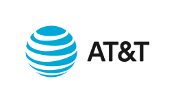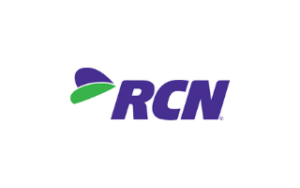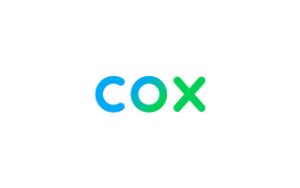Aside from seeking out internet offers and deals, there are other ways to save. Here’s a list of some tips to get the best home internet broadband deal possible.
As you’re shopping around for internet service, make a note of the different pricings and packages available from internet providers in your area. When you find a plan you like, get on the phone with customer service to discuss options for promotions, specials, and price-matching. Be firm but polite and feel free to try again later if you can’t rustle up something nice.
Don’t feel pressured to get the fastest internet on Earth—depending on your needs, you can usually pay less and still get solid performance. Use HighSpeedInternet.com’s How Much Speed Do I Need? Tool to get an idea of how much speed you’ll need on your plan based on the size of your household and types of activities you normally do online.
Some internet providers set a limit to the amount of data you can use per month. But since the spread of the new coronavirus, a lot of providers have been offering more data to help customers as an outgrowth of the Federal Communications Commission’s Keep Americans Connected Pledge.3
Ultimately, the best data deal is unlimited data—Spectrum, RCN, Frontier, and some other providers don’t impose any data caps and won’t charge you if you go over. Other providers like AT&T and Xfinity do have data caps, but they’re generous in size so you likely won’t need to worry unless you’re an internet superuser who downloads enormous files regularly and loves to stream video in 4K.
The modem and router keep your internet connection steady and allow you to access a Wi-Fi signal on multiple mobile devices. You can rent this hardware from your internet provider, or you can save some money long-term by buying your own. So long as your modem is approved to work with your internet provider, you’ll be good as gravy.
Getting your own equipment also lets you be more selective—for example, if you need a long-range router for a big house or a router with efficient performance for streaming.



